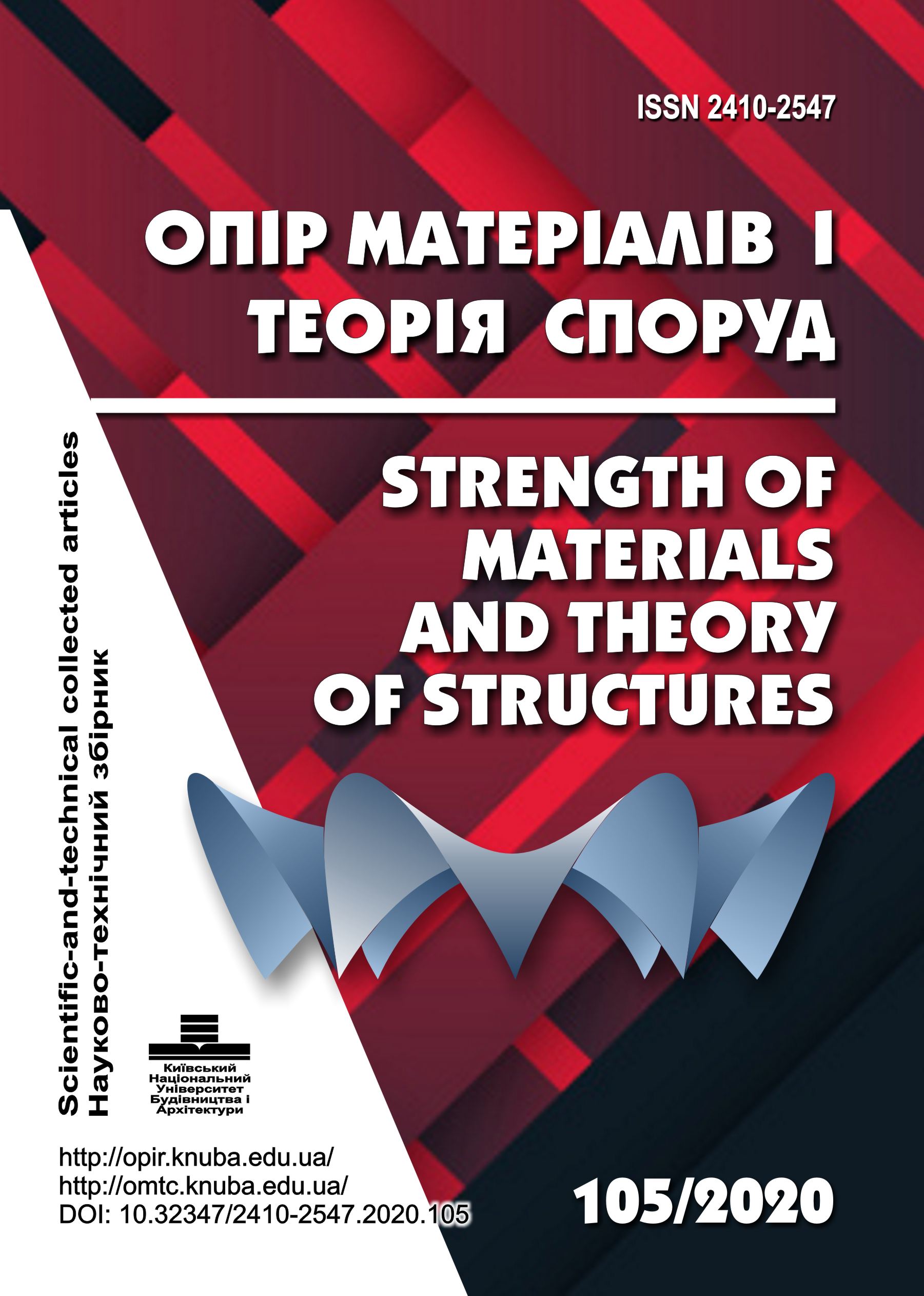Features of application of smart technologies in construction
DOI:
https://doi.org/10.32347/2410-2547.2020.105.87-98Keywords:
smart technologies, smart home, energy efficiency, ecology, safety, alternative energy sourcesAbstract
A study of aspects of the use of smart technologies in construction. This technology originated in the IT industry with the advent of digital devices. Until now, this technology has been invested primarily in the concept of "smart home" with digital control technologies. Then smart technologies spread to the technology of energy-efficient housing and its maintenance. Today, this technology also includes technologies of ecological and energy-saving construction, i.e. smart technologies for the construction of, first of all, modular. Thus, smart technology in construction in any sense means the organization of "smart", i.e. healthy, economical, safe and comfortable human housing at all stages of its life cycle. The surge in interest in "smart" homes and technology is a consequence of the global "digitalization" of human life. In 2017, Ukraine adopted the Law “On Energy Efficiency of Buildings”, which defines the legal, socio-economic and organizational principles of activities in the field of energy efficiency of buildings and aims to reduce energy consumption in buildings. This law defines the basic principles of state policy of Ukraine in this area, namely: ensuring the appropriate level of energy efficiency of buildings in accordance with technical regulations, national standards, norms and rules; stimulating the reduction of energy consumption in buildings; ensuring the reduction of greenhouse gas emissions into the atmosphere; creating conditions for attracting investments in order to implement measures to ensure increase the energy efficiency of buildings; ensuring thermal modernization of buildings, stimulating the use of renewable energy sources; development and implementation of a national plan to increase the number of buildings with close to zero energy consumption. The article considers five areas of implementation of these requirements - energy independence, environmental friendliness, comfort, economy and safety.
Most effectively, in terms of minimizing the components of the technological process, and the cost-effectiveness of the implemented project, these principles can be implemented using materials and technologies that can integrate these requirements in one complex. When implementing the requirements laid down in the above four areas when using smart technologies in construction as a material that combines these areas, it is possible to provide products based on basalt fiber-rigid and semi-rigid thermal insulation boards, mats, harnesses and other materials. These materials can be used in the development of part of the requirements of the fifth direction - security. They are implemented in the development of environmental safety of housing, fire resistance of the building, biological safety of the material, indoor air quality and other aspects of smart technologies.
References
What is smart technology. // [Electronic resource] - Access mode: https://techsad.com/aksessuary/chto-takoe -smart-tehnologiya / (access date: 14.05.2020).
Energy efficient house: rules for building energy-efficient cottages. - [Electronic resource]. - Access mode: https://www.maximuscentr.com.ua/enerhoefektyvnyi-budynok (access date: 14.05.2020).
Canestri I. Hotel Citizen: affordable luxury / I. Canestri // Lifestyle. - 2013. - № 9. - P. 47-51.
Korobkin A. Hotel-konstruktor: nove slovo v hotelnomu budivnytstvi Hotel-constructor: a new word in hotel building / A. Korobkin // Suchasnyi hotel. - 2015. - № 6. - Р. 56-58.
Rating of smart cities in the world for 2019. - [Electronic resource]. - Access mode: https://spilno.org/article/reitynh-rozumnykh-mist-svitu (access date: 14.05.2020).
Iler R.K. Kolloidnaya himiya kremnezema i silikatov (Colloidal chemistry of silica and silicates). - Moskva: Gosstroyizdat, 1959. - 288 s.
Mitsyuk G.M. Povedinka kremnezemu v hidrotermalnykh umovakh (Behavior of silica in hydrothermal conditions). – K.: Naukova dumka, 1971.
Abrahamyan A.V. Izuchenie protsessa vyischelachivaniya steklovidnyih bazaltov (Study of the process of leaching of vitreous basalts). - Steklo i keramika, 1963. - № 7.
Dmitrov M.V. Application of smart-technologies in the educational process.
Methods of application of SMART Board technology in the educational process: a textbook / G.F. Bonch-Bruevich, VO Abramov, TI Kosenko. - K .: KMPU named after B.D. Grinchenko, 2007. - 102 p.
Semenikhina O.V. New paradigms in the field of education in the transition to SMART-society [Electronic resource] Access mode:http: // irbis-nbuv.gov.ua
Yakubov S. Rozumni tekhnolohii ta navchalni materialy (SMART technologies and educational materials) / S. Yakubov, J. Yakinin // Hi-Tech at school. - 2011. - № 3 - 4.
Smart-technologies in Ukraine and the world [Electronic resource]. - Access mode: http://molodi.in.ua/smart-tehnolohiji/
Kodenska M., Sokolyuk K. Prospects and problems of smart-technologies development in Ukraine.
"Smart-technologies in energy and electronics - 2020". V International Scientific and Technical Conference.
Zakharova M.V. Ponomar A.B. Dosvid budivnytstva budivel ta sporud za modulnoiu tekhnolohiieiu (Experience in construction of buildings and structures using modular technology). – Budivnytstvo. Aarkhitektura.
Lisnyak S.M. «Smart technologies in education ».
Tverdokhlib I.A. Rozumni tekhnolohii yak osnova formuvannia suchasnykh tendentsii v osviti (Smart technologies as a basis for the formation of modern trends in education)». - Pedahohichni nauky. 2017 № 1 (13).
Kim K. Ubiquitous Learning Supporting System for Future Classroom in Korea / K. Kim // Proc. Soc. for Information Technology and Teacher Education Int'l Conf., K.McFerrin et al., eds. - 2008, Mar. - R. 2648–2657.
Smart technologies in Ukraine and the world [Electronic resource] - Access mode: http // molodi.in.ua/smart-tehnolohiji/
Smart technologies will change the education system [Electronic resource] - Access mode: http://trainings.ru/library/education_experience/?id=14024
Downloads
Published
Issue
Section
License

This work is licensed under a Creative Commons Attribution 4.0 International License.
Authors retain copyright and grant the journal right of first publication with the work simultaneously licensed under a Creative Commons Attribution License that allows others to share the work with an acknowledgement of the work's authorship and initial publication in this journal.

